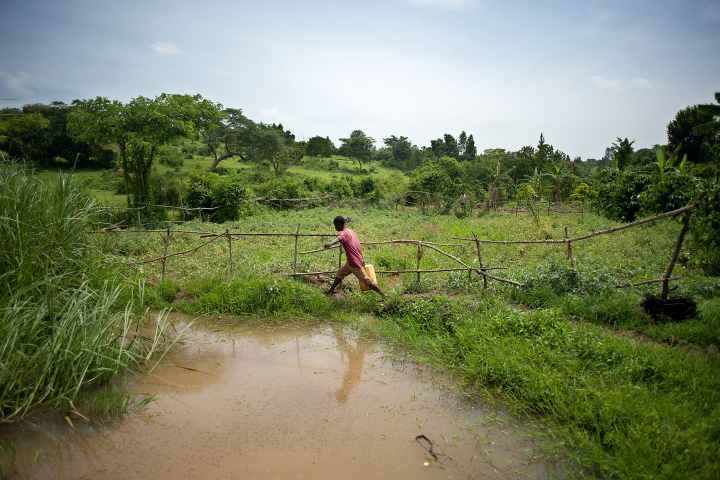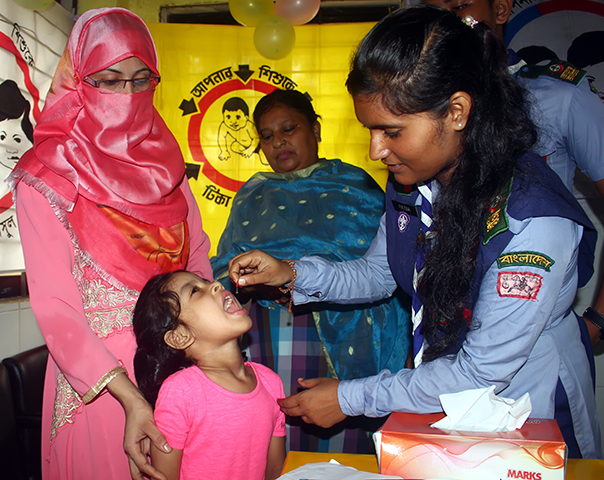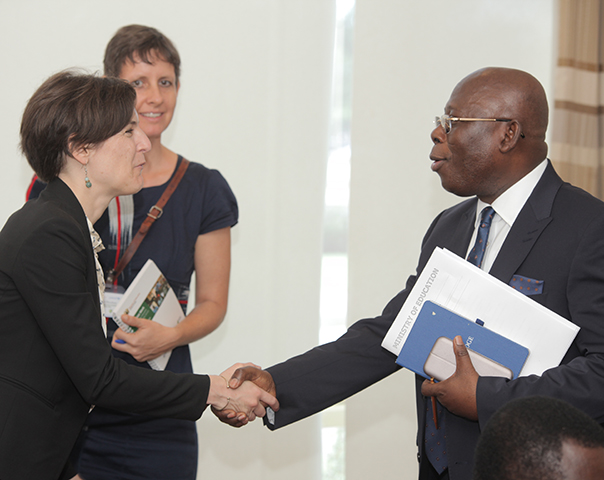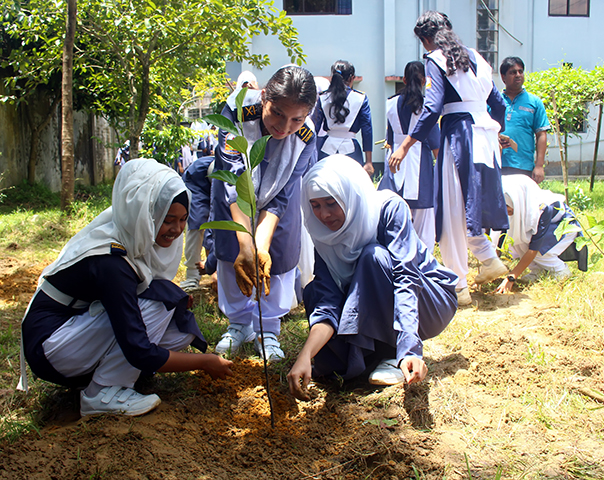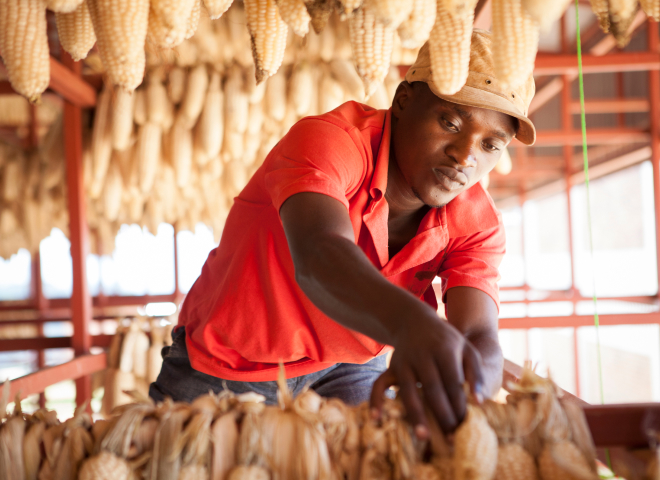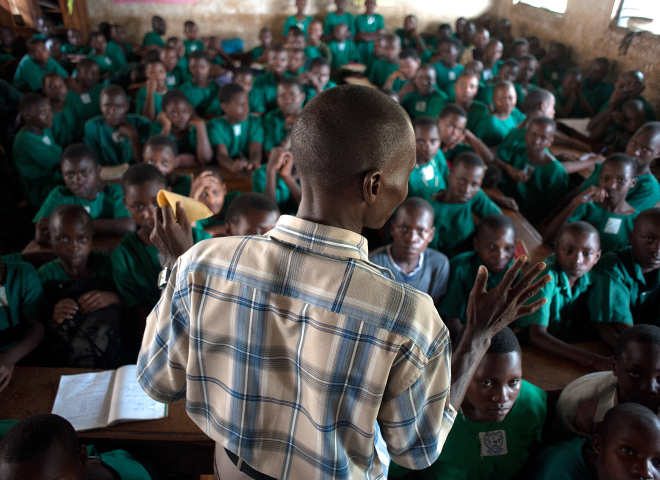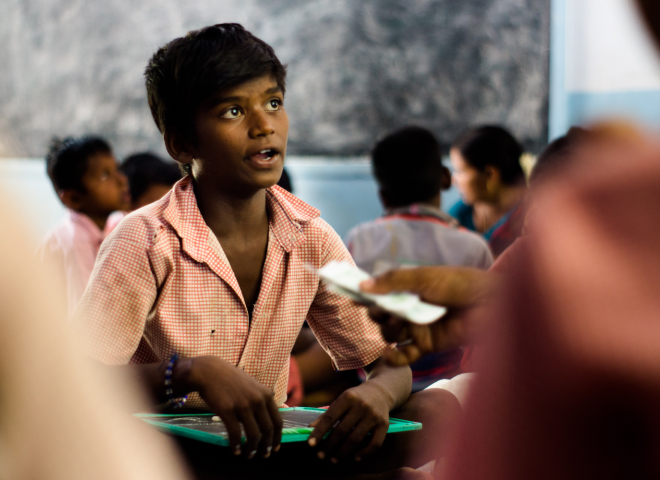Preventing Violence Against Women and Girls: What we’ve learned in the 30 years since the Beijing Declaration
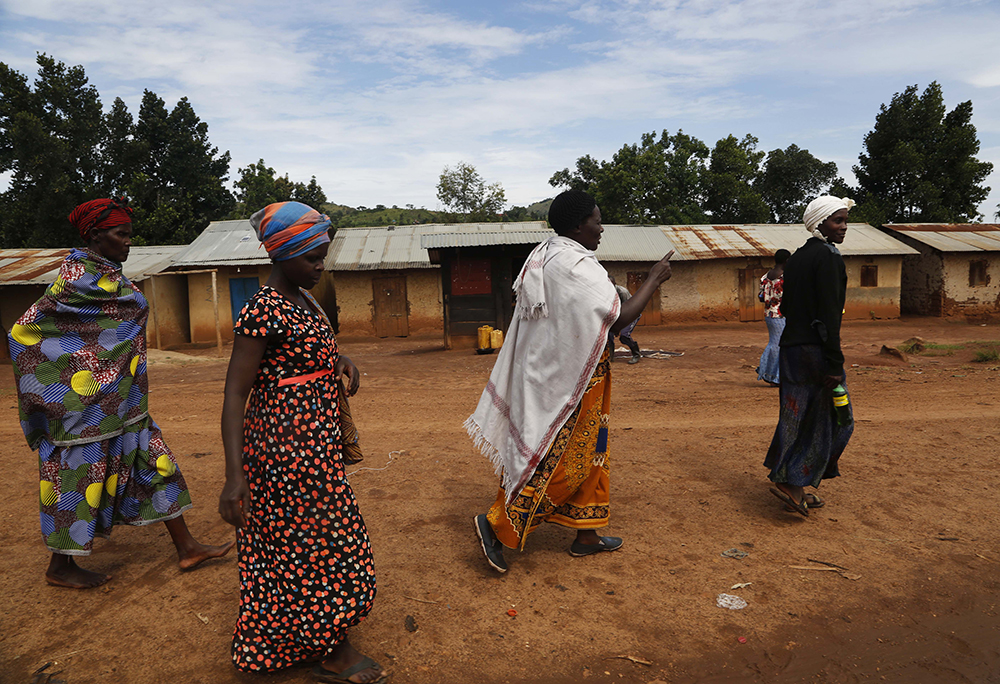
A group of women walking in the district of Kamwenge, Uganda. © 2018 Aude Guerrucci
The 1995 Beijing Declaration and subsequent Platform for Action set ambitious goals for improving the lives of women around the world. Recognizing the unique challenges and opportunities that women face, global leaders committed to improving outcomes for women in 12 areas, creating a path forward for development and human rights actors. As the 69th Commission on the Status of Women comes to a close, and global leaders reflect on the 30th anniversary of the Beijing Declaration, it is essential that they also consider the important strides made in understanding what works to improve outcomes for women.
Recent decades have seen advances in building evidence to understand what works to address Violence Against Women and Girls (VAWG). In this blog, we highlight what we’ve learned since the signing of the Beijing Declaration and consider ways forward for improving women’s outcomes and preventing VAWG.
Here is what we have learned:
- Couples’ counseling programs can reduce Intimate Partner Violence (IPV). In rural Uganda, Becoming One, a faith-based couples’ counseling program, significantly reduced all forms of IPV, strengthening and shifting power dynamics within relationships. Its success has led to the scaling of the program in Uganda and Kenya.
- ‘Edutainment’ can improve attitudes and behavior towards the rights of women and minorities. In rural Uganda, short anti-VAW videos led to a decline in belief that speaking out against instances of VAW would lead to social sanctions and increased the willingness of community members to report violence. Edutainment campaigns have also been shown to be effective at reducing fertility rates, improving reproductive autonomy, changing perceptions around child marriage, and increasing healthy sexual behaviors among young women.
- In conflict-affected settings, combining economic interventions with gender training or family dialogues, which target underlying norms, can alleviate household stress and increase women’s bargaining power. Work by the International Rescue Committee (IRC) found programs that are effective in less-fragile settings may not work as well, given that the drivers of violence may be different during conflict.
- Building community and networks is also critically important for reducing VAWG in conflict-affected communities—particularly in places where there is inadequate institutional response and traditionally low rates of reporting. Through single-sex discussion groups and family discussion groups, IRC’s Safe at Home program aims to target power sharing, gender norms, harsh discipline practices, and positive parenting. Early research has found this intersectional approach to be highly effective in preventing multiple forms of violence in the home, particularly child maltreatment, and improving equitable attitudes and skills in couples. These results emphasize the importance of targeting IPV reduction across generations, recognizing that childhood exposure to household-level violence increases the likelihood of children to become perpetrators or victims of IPV in the future.
What’s Next?
New forms of VAWG have emerged, including the growing concern of technology-facilitated gender-based violence (TFGBV), which remains poorly understood. To bridge this gap, IPA’s Intimate Partner Violence Initiative is collaborating with sistemaFutura to develop measures that capture different forms of TFGBV, tailored to the experiences of women in sub-Saharan Africa. With few existing TFGBV scales globally, this tool has the potential to advance research on prevalence and inform evidence-based solutions (for more on this work, check out our recent blog). Understanding connections between offline and online violence, along with other research priorities outlined in the Sexual Violence Research Initiative’s shared research agenda on TFGBV, remains essential to developing evidence-based solutions to new and emerging threats to women and girls.
Additional research is needed on how to effectively respond to the needs of women and girls in fragile contexts such as conflict settings and other humanitarian crises, building our understanding of how crises exacerbate and influence drivers of violence. Questions remain about how to break cycles of violence attributed to witnessing and experiencing gender-based violence, IPV, and trauma during childhood, as well as what programs can be utilized to change adults’ violent behaviors towards children. IPA’s Peace & Recovery Program is working to build the evidence base on responding to VAWG in crisis settings to inform policy and practice.
Our work must bridge the gap between research and impact to maximize the potential of programs and policies to improve outcomes for millions of women and girls affected by violence. As CSW comes to a close, women and girls around the world face crises increasing in frequency and protraction with fewer resources to mitigate these challenges. Now more than ever, evidence-based solutions are needed to stretch every dollar and ensure that the highest quality programming is delivered to the world’s most vulnerable populations.




